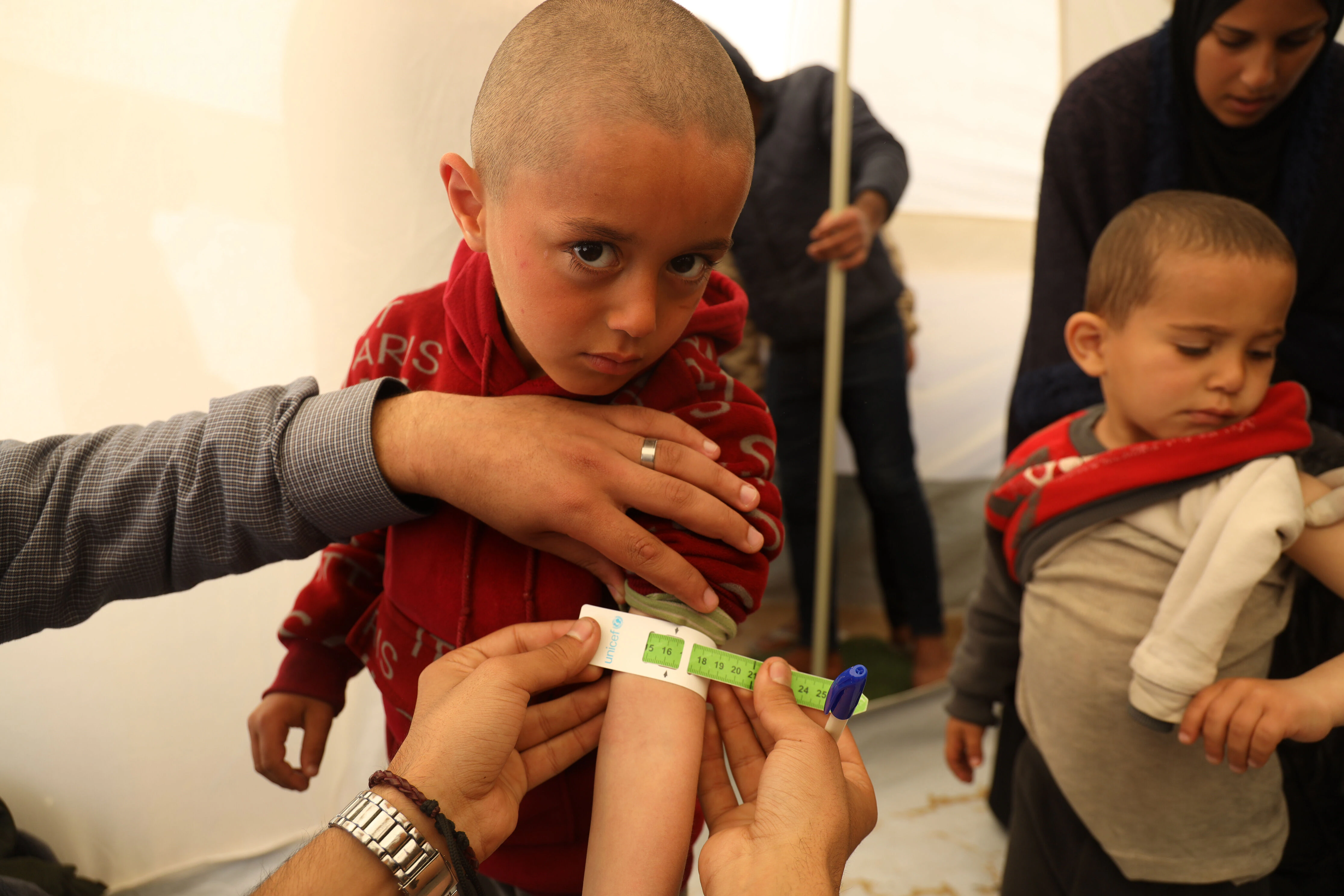The number of people on the brink of famine almost doubles in 2023

Nearly 300 million people affected face severe food crisis in 2023 and the number of people on the brink of famine reaches more than 700,000, almost double that in 2022. These are the findings included in the eighth edition of the report of the Global Network Against Food Crises, which reflects the urgent and necessary response to this global problem, noting that the forecast for 2024 does not look very encouraging, especially for Palestine, In Sudan and Haiti. Although there has been a slight decline in the overall proportion of the affected population compared to 2022, the figure remains worrying, surpassing pre-COVID-19 pandemic levels.
The report highlights that more than 36 million people found themselves in emergency situations in 39 of the 59 countries/territories included in the report, a significant proportion of which are in Afghanistan and Sudan, the latter the worst affected due to civil Are facing a big decline. The war started in April 2023.
Extreme weather conditions were the main driver of food crises in 18 countries, while the economy was the main driver in 21. Many areas were facing prolonged recovery from drought and floods. The ‘El Nino’ phenomenon and other factors made 2023 the hottest year on record. On the other hand, the decline in world food prices was not transmitted to low-income countries dependent on imports.
There will be 12% more conflicts in 2023 than in 2022 and 40% more than in 2020
Armed Conflict Location and Event Data Project (ACLED)
It is estimated that in 2023, approximately 700,000 people, the majority in Palestine (Gaza Strip), face disaster situations, where extremely severe levels of hunger, mortality, poverty and malnutrition are evident.
This reflects the severity in conflict-affected areas, which is one of the main factors exacerbating food crises and is prominent in 20 out of 59 countries. However in the report they point out that they are rarely caused by a single threat, but rather by interactions between crises and other vulnerability factors such as underlying poverty, structural weaknesses and climate change.
Last year, 36 million children under the age of 5 suffered from acute malnutrition, of whom nearly 10 million were in critical condition, especially among displaced and conflict-affected populations. According to UNICEF, nearly half of deaths among children under 5 globally are due to malnutrition.
700 thousand
Horoscope
This is the number of people facing dire conditions, the majority of whom are in the Gaza Strip, including the worst food crisis reported.
Available data on acute food insecurity and malnutrition among displaced populations within countries and across borders paint a grim picture. This impacts not only those who move but also the communities that host them.
“It is likely – FAO assesses in its report – that without joint action between governments and the international community the situation will continue to worsen into 2024 as conflict and the economic and climate crises are exacerbating these displacements.”
Between 2021 and 2022, humanitarian financing increased by more than 50%. However, recent information from the OCHA System Financial Fund shows that, although needs remain high, the same assistance will not be maintained in 2023. As a result the gap is continuously increasing. UN Secretary-General Antonio Guterres signals that financing does not keep pace with uncertainty. It calls on governments to increase the resources available for proper development.
(tagstotranslate)food insecurity